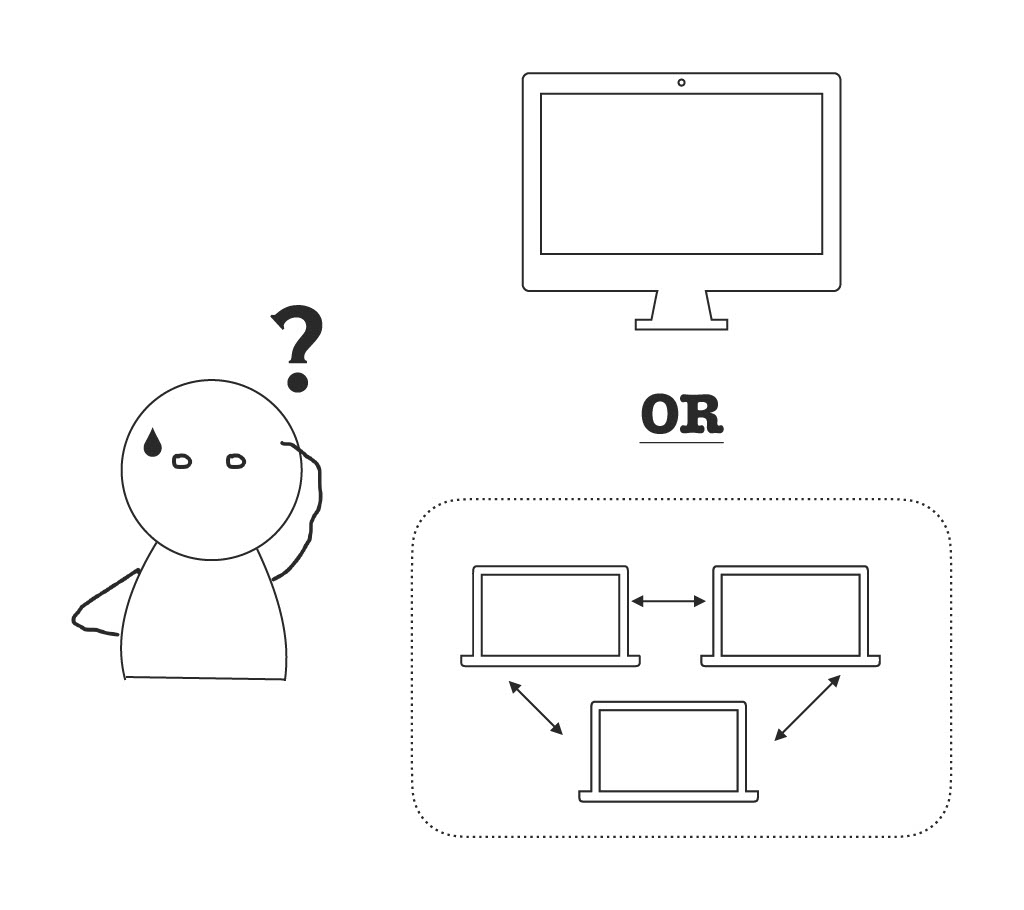

Almost always, the easy route is not the correct one.
For many years, the standard method for creating software applications has been using a monolithic architecture. It entails developing an application as a solitary, independent unit with tightly integrated UI, data read/writes, and business logic. While this method is useful for smaller projects and kick-starting projects at a fast pace, it presents a number of difficulties when applications get bigger and more sophisticated. We’ll examine the drawbacks of monolithic design in this post and look at the motivations for developers’ shift to alternative paradigms like microservices.

In a dilemma about whether to make the move yourself to microservices? Read on!
The limited scalability of monolithic design is one of its main drawbacks. More resources are needed when applications expand, which can be difficult to accommodate within a single, monolithic codebase. Monolithic applications are often scaled by cloning the entire application, which can be time and resource hungry. Apart from that, using a monolithic architecture makes engineers to scale their systems up vertically which normally results in increased costs associated with infrastructure. In contrast, a microservices design makes horizontal scaling pretty easy and allows for the autonomous scaling of each microservice, resulting in a more resource-effective use of resources.
As a monolithic application gets bigger, its coding inevitably gets more intricate and challenging to manage. As a result, developers may need to spend more time on projects because it takes longer to navigate a complicated codebase and add new features. Additionally, it raises the chance of adding flaws or destroying functionality already in place.
Monolithic architecture often locks developers into a specific technology stack. This means that if they want to adopt new technologies, they may need to rewrite the entire application, which can be time-consuming and expensive. In contrast, microservices architecture enables developers to use different technology stacks for individual components, making it easier to adopt new technologies or switch between them as needed.
The deployment process for monolithic applications can be slow and prone to errors. Since the entire application is bundled together, even small changes require a complete redeployment of the application. This can lead to increased downtime and reduced productivity, particularly in large-scale applications. On the other hand, microservices architecture allows for faster and more targeted deployments, as individual components can be updated independently.
Agile development practices, such as continuous integration and continuous deployment, are challenging to implement within a monolithic architecture. The complexity of the codebase, slow deployment process, and inflexible technology stack all contribute to this difficulty. As a result, monolithic applications may struggle to keep pace with the rapid evolution of software development practices and industry standards.
The biggest cost that most people do not consider is the human cost. When an organization has been maintaining a monolithic service for a long period of time, there eventually arises a unique sort of an engineer called an SME (subject matter expert). The SMEs in software engineering world become a bottleneck in the software development lifecycle as there seems to be no progress made if they are not present leading to inefficiencies.
In conclusion, monolithic architecture has substantial drawbacks in terms of scalability, complexity, technology stack flexibility, deployment speed, and adoption of agile development approaches, even though it may be appropriate for some projects. As a result, many developers are using alternate strategies to create apps that are more effective, scalable, and flexible. The limits of monolithic architecture might help developers choose the strategy that best satisfies their unique demands and requirements.
Later.